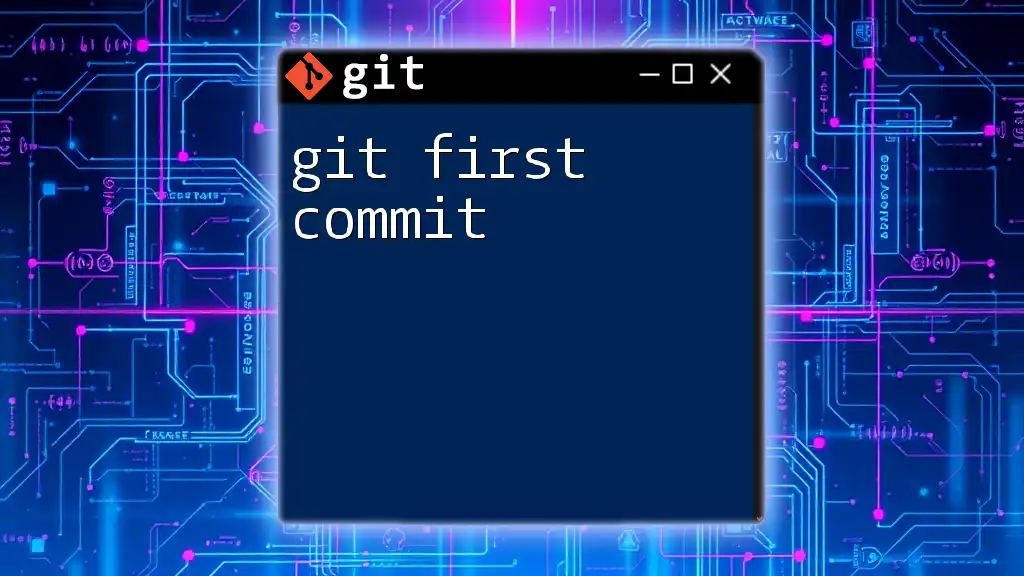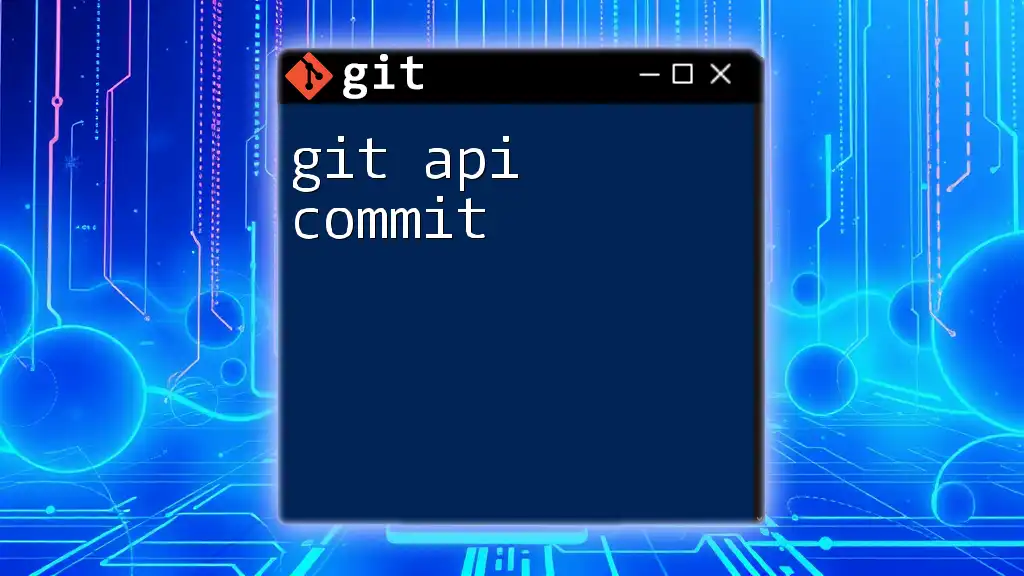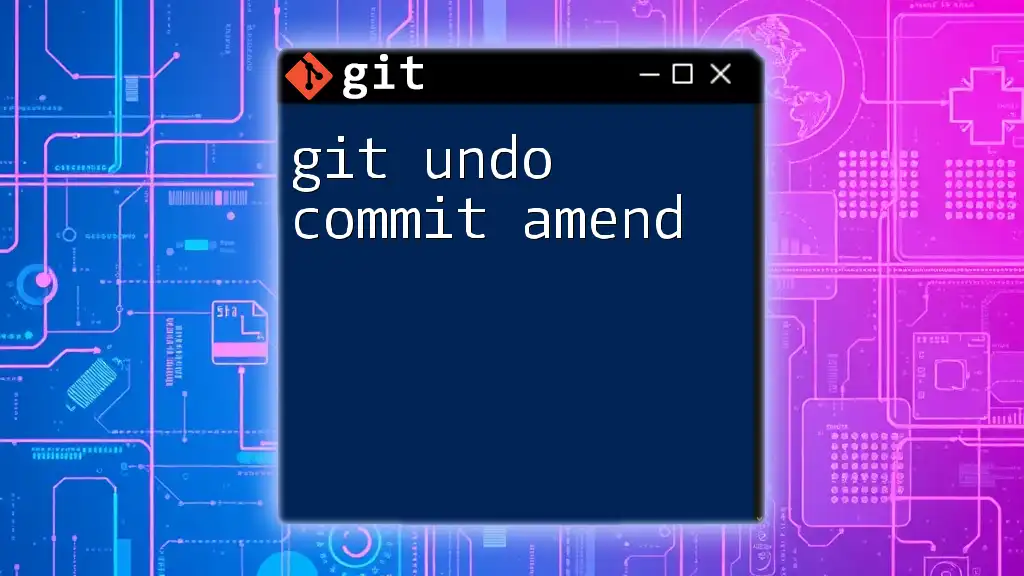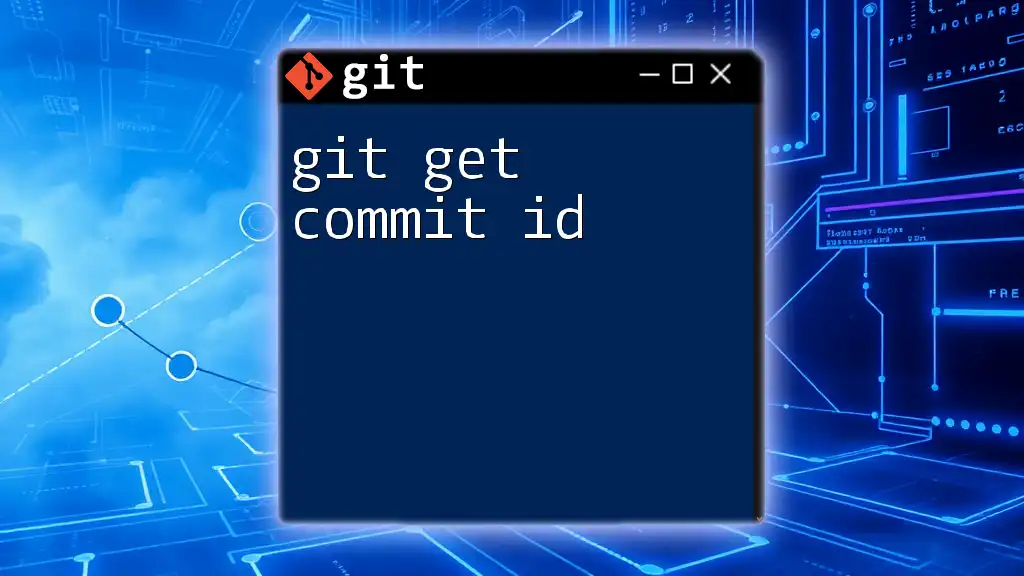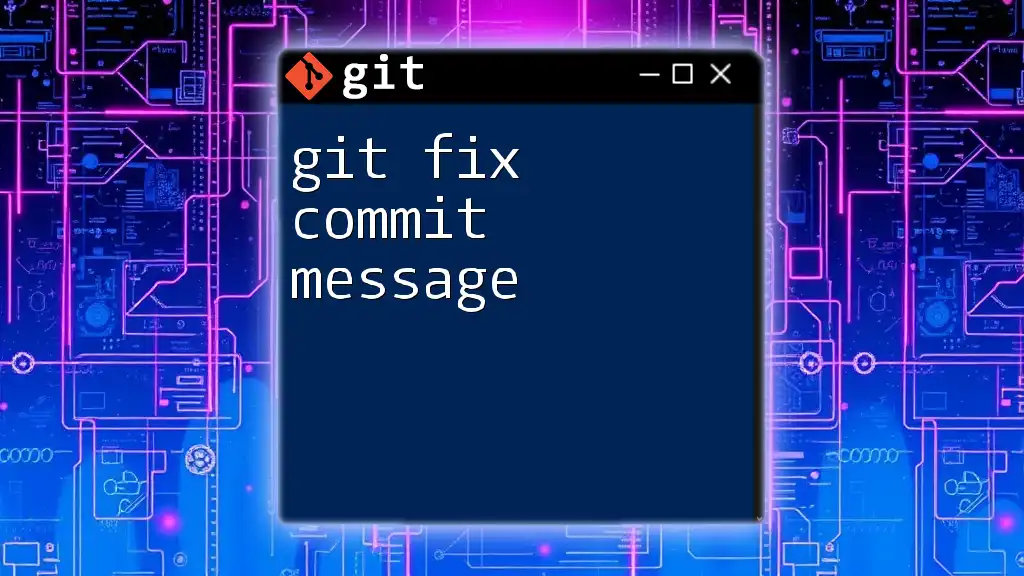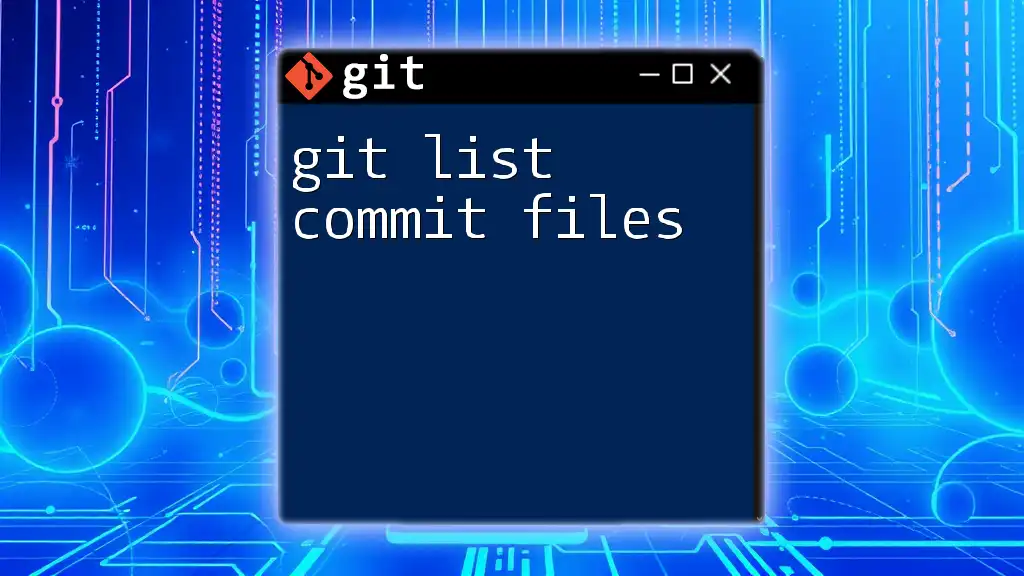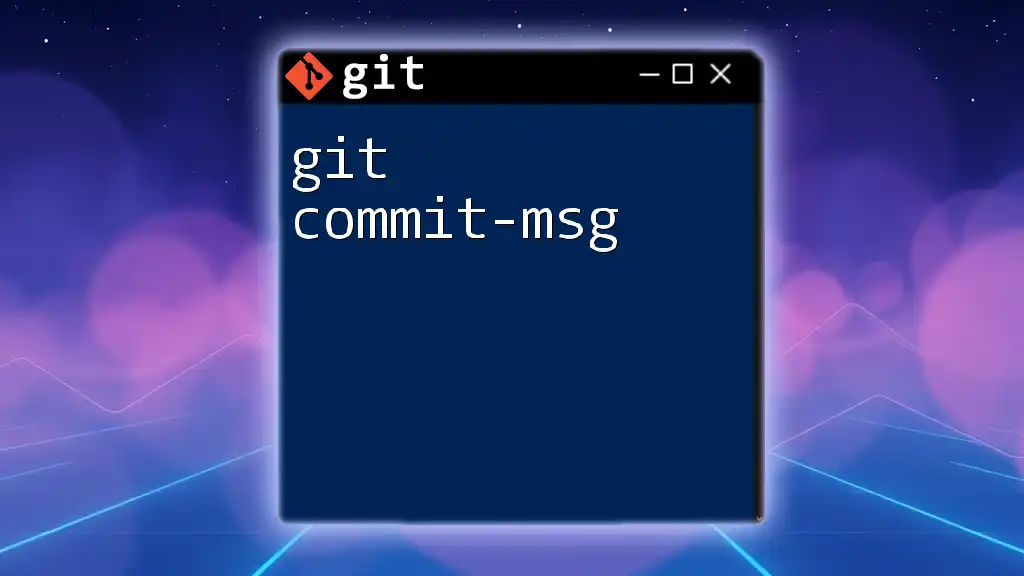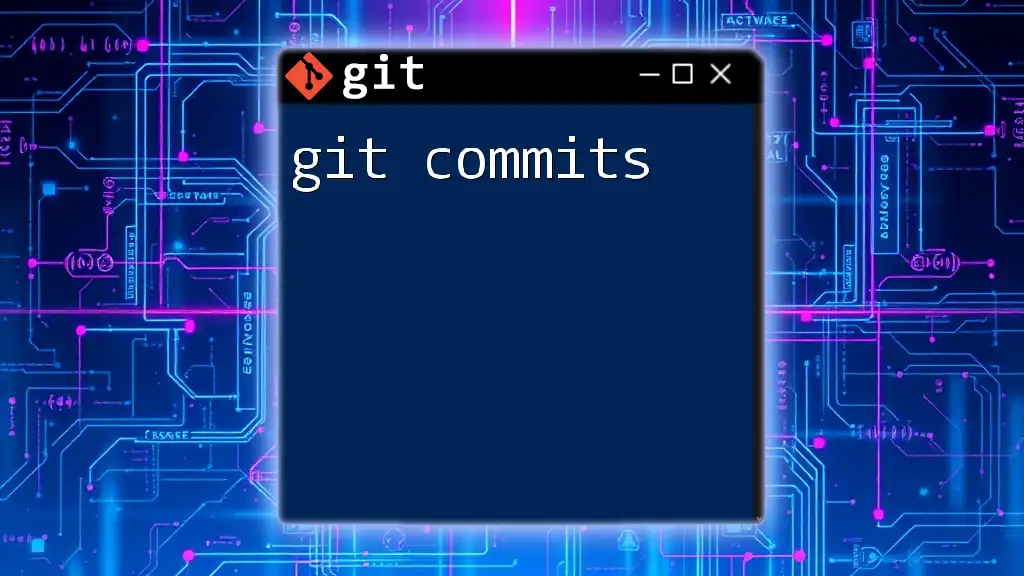The `git init` command initializes a new Git repository in your current directory, while `git commit` saves your changes to the repository's history, typically after staging them with `git add`. Here's how you can do this:
git init
git add .
git commit -m "Initial commit"
What is Git?
Git is a distributed version control system that allows multiple people to collaborate on projects of any size. It tracks changes in your code and helps manage conflicts when different versions are modified concurrently. This makes Git an essential tool for software development, offering a robust way to maintain project history and facilitate teamwork.
By using Git, developers can revert to previous versions of their work, manage branches for different features, and synchronize their progress with others, significantly improving efficiency and productivity.
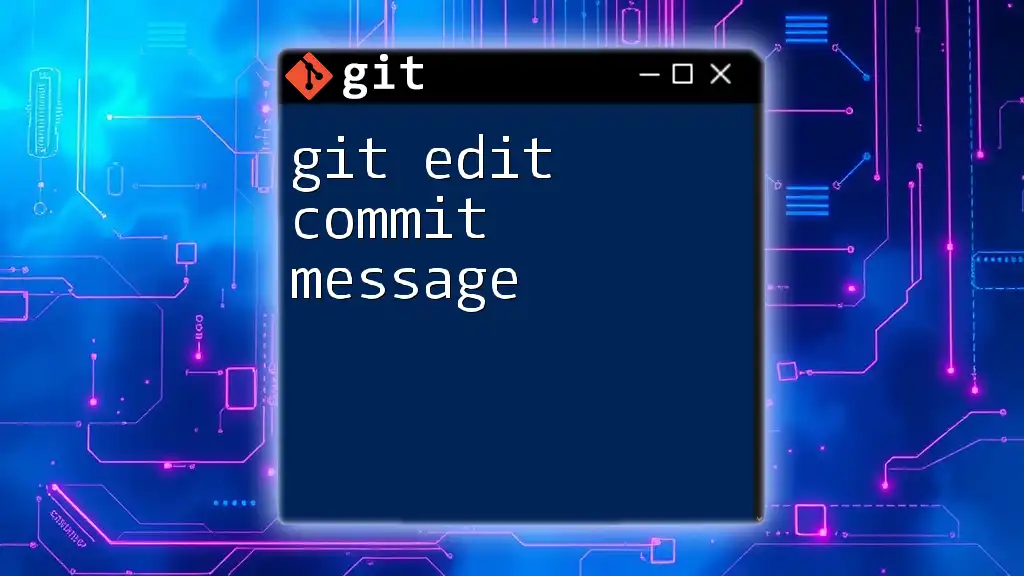
Starting a New Git Repository: git init
What is git init?
The command `git init` is used to create a new Git repository. When you run this command in your project's directory, Git initializes a `.git` directory that will track changes made to the files within that directory. This serves as the heart of your version control system, storing all information about the repository, including its history and metal data.
How to Use git init
Syntax
The basic syntax for using this command is:
git init [repository]
If you run `git init` without any arguments, it initializes a Git repository in the current directory.
Steps to Initialize a Git Repository
-
Navigate to your Project Directory Start by changing your terminal's current directory to the location of your project. Use the following command:
cd /path/to/your/project -
Run git init Now, initialize the repository:
git initThis command creates a new `.git` folder within your project directory, which contains all the necessary files for Git to track your project.
What Happens After Running git init?
After executing `git init`, the following occurs:
- A hidden directory called `.git` is created. This directory is crucial as it stores all the information needed for version control, including configuration settings and your project's history.
- Your project is now set up for version control. The staging area is also created, which means you can start adding files, tracking changes, and committing them to the repository.
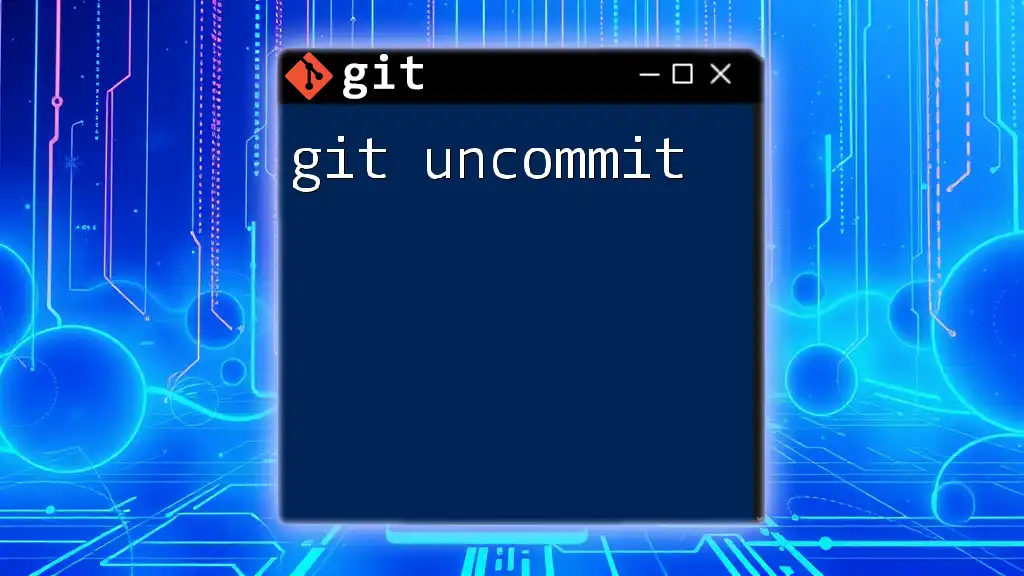
Making Your First Commit: git commit
What is git commit?
The `git commit` command captures a snapshot of your changes in the file system. Commits serve as a historical timeline of your project—every version recorded can be reverted to, reviewed, or compared against others. Each commit retains a unique ID and contains metadata, such as the author's name, date, and a commit message.
How to Use git commit
Syntax
The basic syntax for the commit command is:
git commit -m "commit message"
The `-m` flag allows you to specify a message that describes the changes made in that particular commit.
Steps to Commit Changes
-
Adding Changes to the Staging Area Before committing, you need to add the changes to the staging area. This can be done using:
git add .This command stages all new and changed files, preparing them for the commit. You can also stage specific files by replacing the `.` with the filename.
-
Running git commit To create a commit with a message:
git commit -m "Initial project setup"This captures your staged changes with the accompanying commit message, allowing anyone (including future you) to understand the purpose of this commit easily.
Understanding Commit History
To view your project's commit history, you can use the following command:
git log
This will display a list of all commits, including:
- The unique commit ID (a hash string).
- The author's information.
- The date of the commit.
- The commit message.
Understanding your commit history is essential, especially when collaborating with others. It provides a clear picture of what changes have been made and who made them.
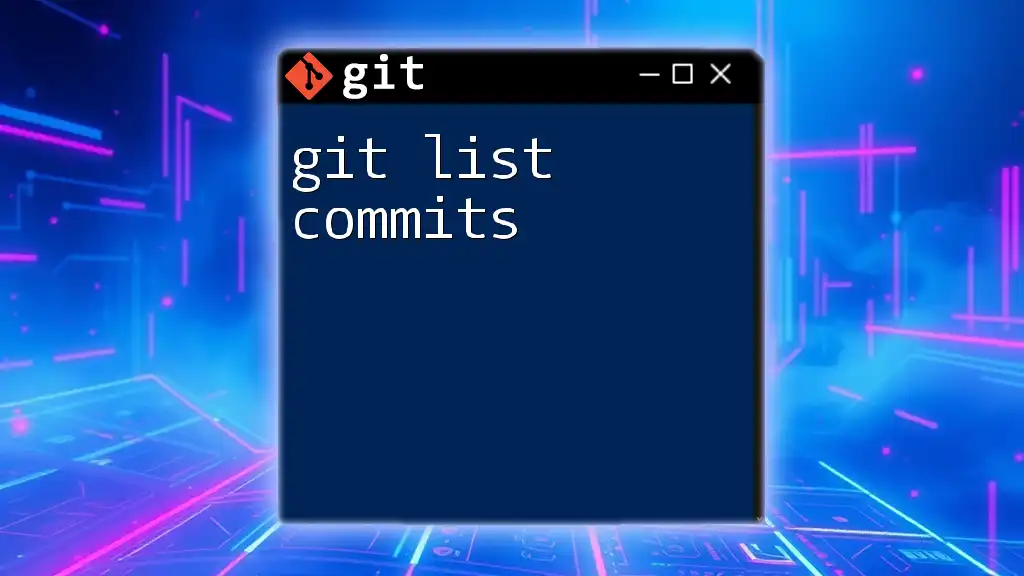
Best Practices for Using git init and git commit
When to Run git init
Initializing a repository should occur at the start of a new project. However, avoid initializing a repository in global directories or areas where version control isn't needed. Choose a dedicated project folder to prevent clutter and confusion.
Writing Effective Commit Messages
Commit messages are crucial in conveying what changes have been made. Follow these guidelines for crafting effective messages:
- Be concise: A brief summary is often sufficient.
- Be descriptive: Clearly explain the purpose of your changes.
- Use the imperative mood: For example, "Fix bug" instead of "Fixed bug."
Examples:
- Good: "Add user login functionality"
- Bad: "Fixed stuff"
Maintaining a Clean Commit History
A clean commit history improves project manageability, especially in team collaborations. Here are some tips:
- Use branches for different features. This keeps the main branch clean and focused on stable code.
- Regularly squash commits when necessary, combining related changes into a single commit. This prevents the history from becoming cluttered with small, irrelevant modifications.
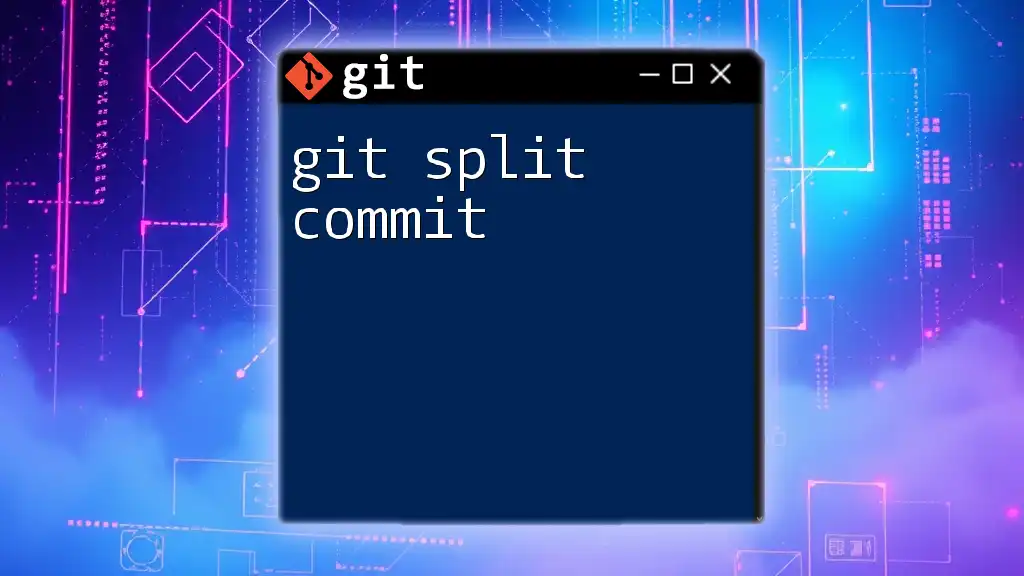
Conclusion
Using `git init` and `git commit` effectively lays the foundation for a productive version control workflow. By initializing your repository properly and committing meaningful changes, you can maintain clear project history and foster better collaborative practices. Always remember the importance of writing clear commit messages and maintaining a readable history more relevant as your project grows.
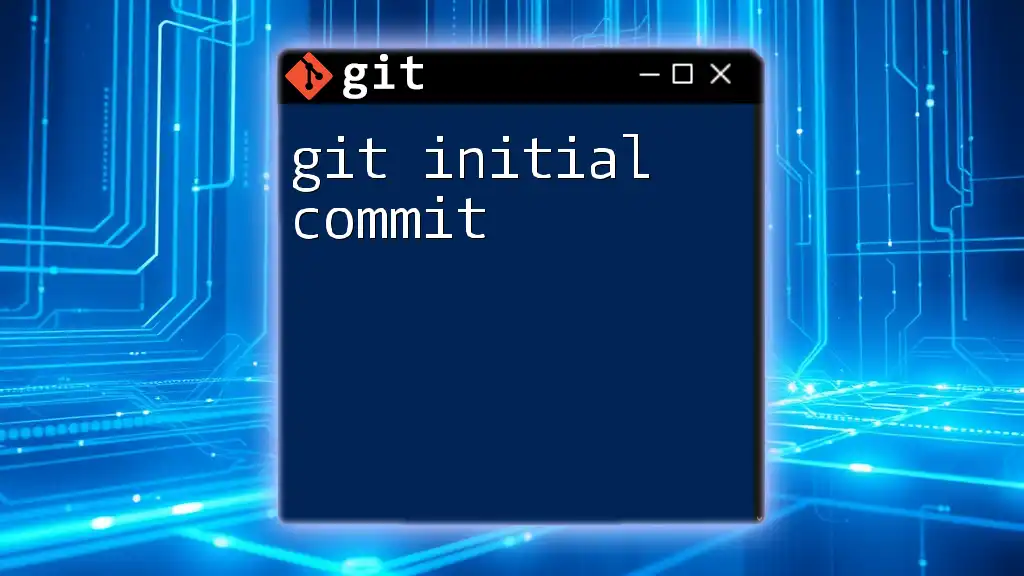
Additional Resources
For more detailed learning, refer to these resources:
- Official Git Documentation.
- Online Git tutorials for beginners.
- Development community forums for real-world advice and tips.
Example Usage Scenarios
In real-world applications, using `git init` and `git commit` is common in various project types. For instance, in personal projects, you can quickly create a new repository to start tracking your changes. In team settings, initializing a shared repository deploys a collaborative environment where multiple developers can contribute features, fix bugs, and trace progress effectively.
These foundational commands will empower you as you dive deeper into Git, paving your way toward mastering this essential version control tool.







